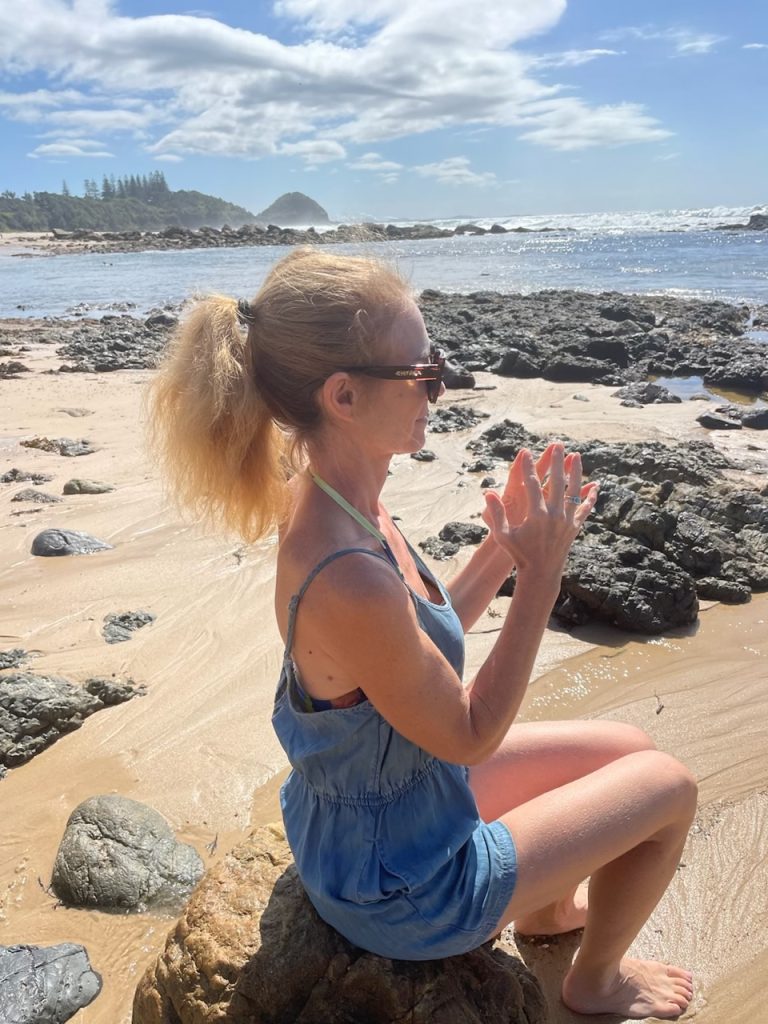Slings, carriers and baby backpacks – which is best for you (and your spine?)
Carrying a baby close to your heart is one of the joys of parenthood. Babies love the close body contact and the gentle rocking motion usually sends them to sleep.

It’s also a great for Mum (or Dad) to have both arms free!
But baby carriers can be confusing, especially if there are so many straps and buckles you end up tying yourself – and your baby in knots!
Generally you need to make sure carriers are adjustable – so you and your partner can both wear them and they’re easy to take on and off.
Slings
Slings are used for newborns – they are usually made from a washable, durable material and enable you to carry your baby in front of you.
Carrying a baby close to your heart is one of the joys of parenthood. Babies love the close body contact and the gentle rocking motion usually sends them to sleep. It’s also a great for Mum (or Dad) to have both arms free!
But baby carriers can be confusing, especially if there are so many straps and buckles you end up tying yourself – and your baby in knots!
Generally you need to make sure carriers are adjustable – so you and your partner can both wear them and they’re easy to take on and off.
Slings
Slings are used for newborns – they are usually made from a washable, durable material and enable you to carry your baby in front of you.
* When wearing the sling, check it’s securely in place before you place your baby in it
* Check there is good head and neck support
* Wear the sling for short periods of time at first, so your baby gets used to it and your body has time to regain strength from the birth.
Baby carriers
Baby carriers are like a pouch and are used for babies six months and older. Again, they are made of washable material and allow the baby to sit facing the parent’s chest or facing outwards.
What to watch for:
* If possible look for adjustable arm and leg holes to accommodate your growing baby
* Make sure the carrier can provide sufficient head support.
Backpacks
Backpacks have fixed frames and are for older babies with good head control and balance. These carriers are usually made of a synthetic material.
What to watch for:
* Look for wide, supportive, adjustable and padded shoulder straps and a broad hip strap to help distribute the baby’s weight as evenly as possible.
Back to basics
Catherine Stephens is a physiotherapist based in Dee Why, NSW. She stresses the importance of looking after your posture. She says: “A parent with a painful back injury isn’t good for the baby. And you need to remember that the weight you are planning to carry is getting heavier every day…”
Catherine says weight is best carried suspended from your pelvis, however unfortunately most baby carrying systems suspend the weight from the shoulders. So be very aware of your posture while using them.”
And when you’re lifting while carrying your baby, Catherine advises taking deep, even breaths, bracing your abdominal muscles and drawing up your pelvic floor muscle to support your lower back.
She says: “Every half-hour or so remove the carrier and have a stretch, making sure you roll your shoulders back and down.” She adds: “Lower back exercises are also good after carrying any load.
Resources:
How to stay sane in your baby’s first year by Cathrine Fowler and Patricia Gornall published by Simon and Schuster 2001
The Choice Guide to Baby Products – seventh edition, published by Choice Books 2001

